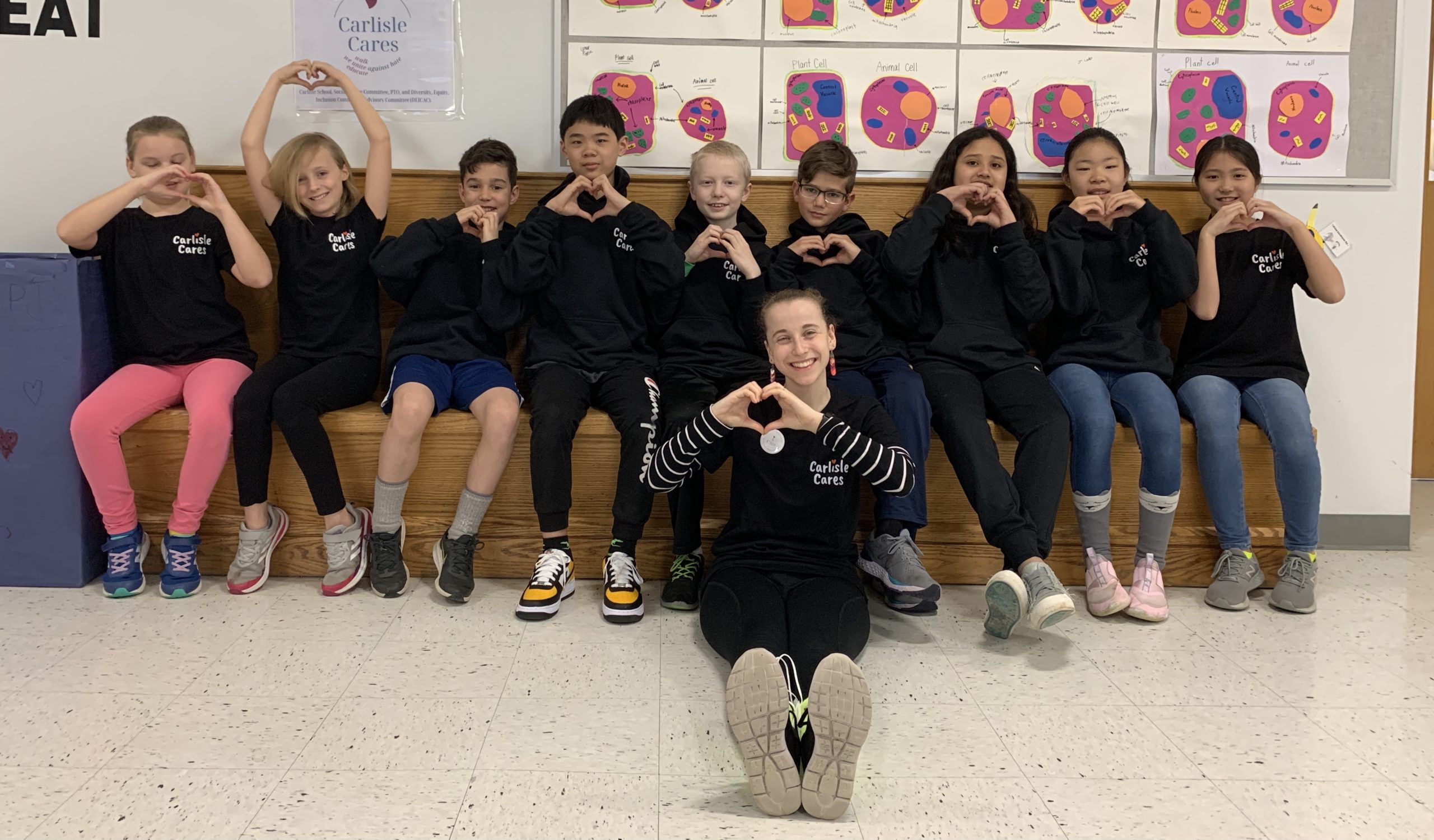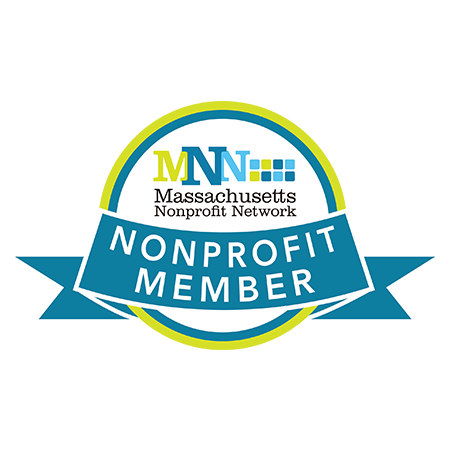 Incorporating social-emotional learning into the classroom is a requisite for student success, engagement, and enjoyment. But with ThinkGive, social-emotional learning has developed beyond just building a safe space for students to construct self-awareness, self-management, and relationship skills; it has become an infrastructure for teaching social justice, equity, and inclusion. Through the ThinkGive program, I felt equipped with all the necessary tools and language for fostering meaningful and deep conversations with my students about identity, prejudice and biases, bullying, and advocacy. The program highlighted how empathy can serve as the fuel that powers small, true, and brave acts of kindness.
Incorporating social-emotional learning into the classroom is a requisite for student success, engagement, and enjoyment. But with ThinkGive, social-emotional learning has developed beyond just building a safe space for students to construct self-awareness, self-management, and relationship skills; it has become an infrastructure for teaching social justice, equity, and inclusion. Through the ThinkGive program, I felt equipped with all the necessary tools and language for fostering meaningful and deep conversations with my students about identity, prejudice and biases, bullying, and advocacy. The program highlighted how empathy can serve as the fuel that powers small, true, and brave acts of kindness.
As a first-year teacher, it was important for me to focus on fostering and promoting an affirmative classroom culture. I didn’t just want all of my students to feel safe and welcome; I wanted them to feel celebrated for who they were, and for the power they held to impact others’ lives. However, as a first-year teacher, I was also able to recognize that I was hindered by a lack of time and expertise to construct and organize materials that could suitably accomplish this goal in a long-lasting way. That’s where the prowess of ThinkGive came into play.
I was in awe when I came to discover that they provided robust, pre-made lesson plans, aesthetic student slides, and interactive worksheets. This enabled me to feel immediately empowered to facilitate vulnerable discussions and to foster meaningful action. Furthermore, the digital interface to log student actions was aesthetic and user-friendly for both my students and myself. Students were able to easily navigate the ThinkGive portal to record and reflect on their actions as well as collaborate with their peers in a way that lifted everyone up and encouraged everyone’s positive efforts. From the teacher’s perspective, I was equally impressed with the ease of using the portal. I loved the fact that many of the pages were identical to the student views, such that modeling through direct instruction was clear and painless.
As my students and I progressed through the program, I came to really enjoy the way in which I could customize some of the lessons to relate to other curricula, to the students’ personal lives, and to our local, small-town community identity. This made the experience all the more authentic and impactful. I also noticed that, as the program shaped my students into more aware and involved community members, it did so to me as well. I began to notice more opportunities to practice small acts of kindness, as well as to more deeply appreciate things others did for me. I saw every kind action around me as a “gift,” and my optimism bloomed.
In overview, ThinkGive was revolutionary in helping me create a thoughtful, inclusive, and empathetic classroom. My students engaged with every single lesson, and put great thought and heart into each gift they gave. They became noticeably more mindful of their actions and more conscious of their environment. They were so sad when we reached the wrap-up, but so excited to carry the ThinkGive philosophies beyond the program and into their day-to-day lives.
Dana S. Meyer
Carlisle Public School
Carlisle, MA



